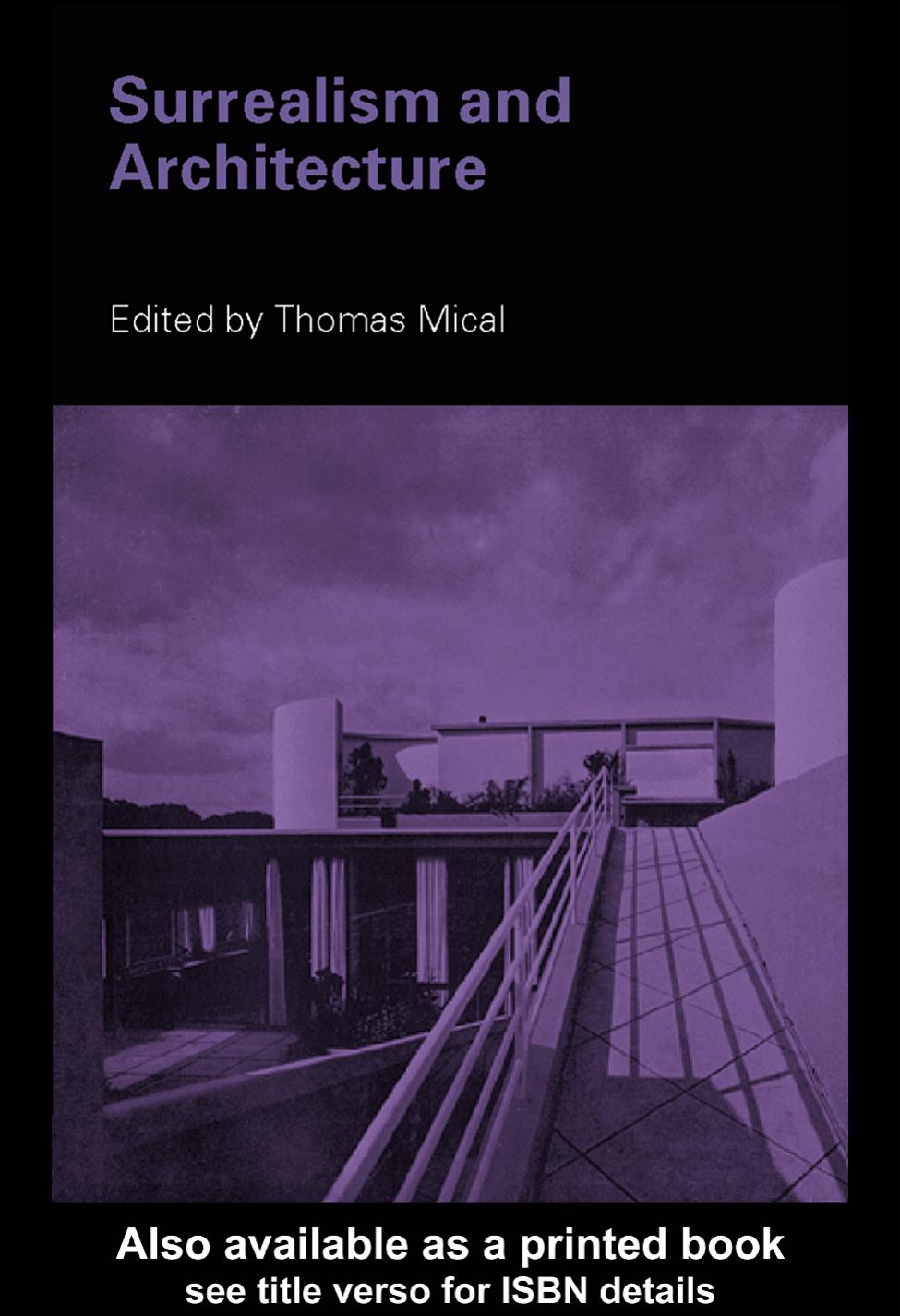

Most ebook files are in PDF format, so you can easily read them using various software such as Foxit Reader or directly on the Google Chrome browser.
Some ebook files are released by publishers in other formats such as .awz, .mobi, .epub, .fb2, etc. You may need to install specific software to read these formats on mobile/PC, such as Calibre.
Please read the tutorial at this link: https://ebookbell.com/faq
We offer FREE conversion to the popular formats you request; however, this may take some time. Therefore, right after payment, please email us, and we will try to provide the service as quickly as possible.
For some exceptional file formats or broken links (if any), please refrain from opening any disputes. Instead, email us first, and we will try to assist within a maximum of 6 hours.
EbookBell Team

0.0
0 reviewsThis book represents current insights into surrealism in the thought and practice of modern architecture. In these essays, the role of the subconscious, the techniques of defamiliarization, aesthetic and social forces affecting the objects, interiors, cities and landscapes of the twentieth century are revealed. The book contains a diversity of voices from across modern art and architecture to bring into focus what is often overlooked in the histories of the modernist avant-garde. This collection examines the practices of writers, artists, architects, and urbanists with emphasis on a critique of the everyday world-view, offering alternative models of subjectivity, artistic effect, and the production of meanings in the built world.
Thomas Mical completed his doctorate on Nietzschean thought in De Chirico’s metaphysical paintings. He completed his professional architecture degree at Harvard, and he has worked as a designer in Tokyo and Chicago, and writes on surrealism, cinema, and urbanism. He has taught and lectured on surrealism in the US, Europe, and the Middle East. Currently he is an assistant Professor of Architectural History and Theory at Carleton University in Ottawa, Canada.